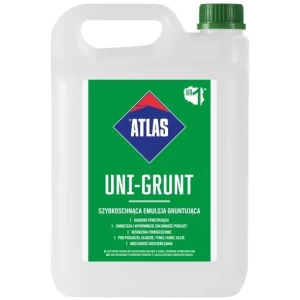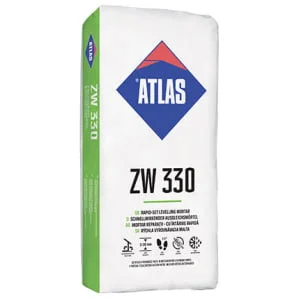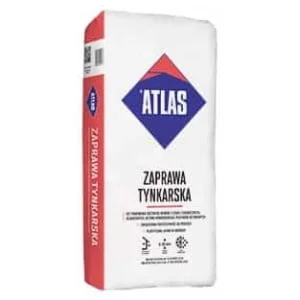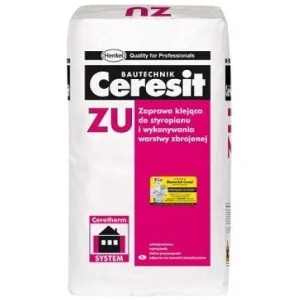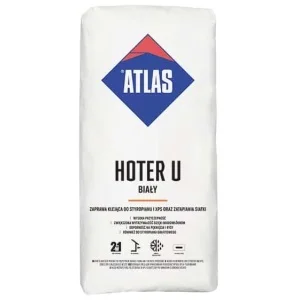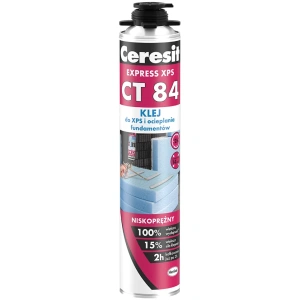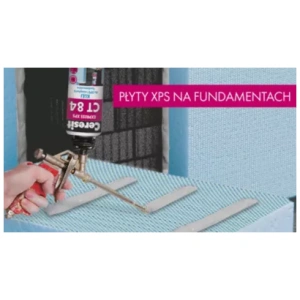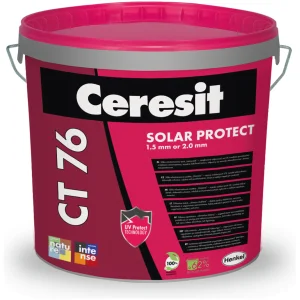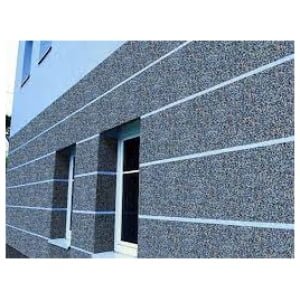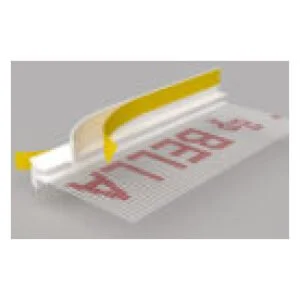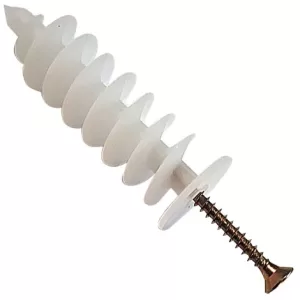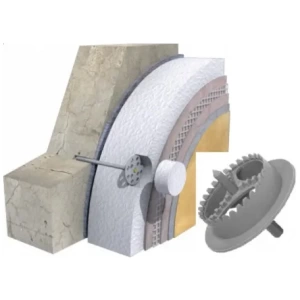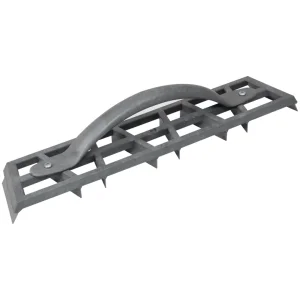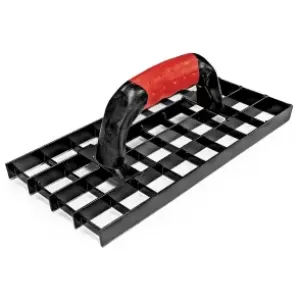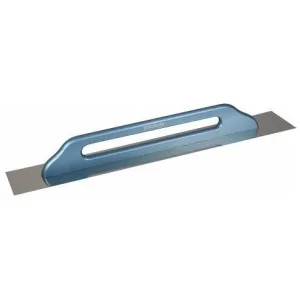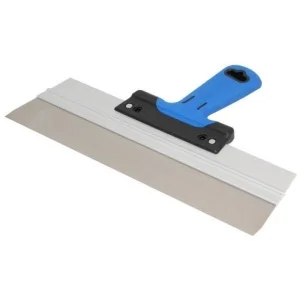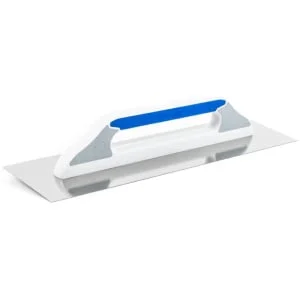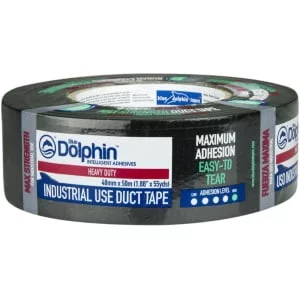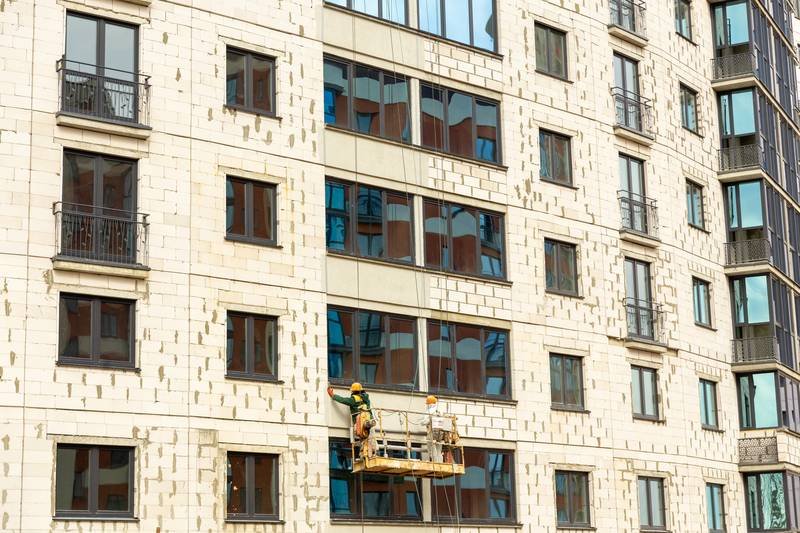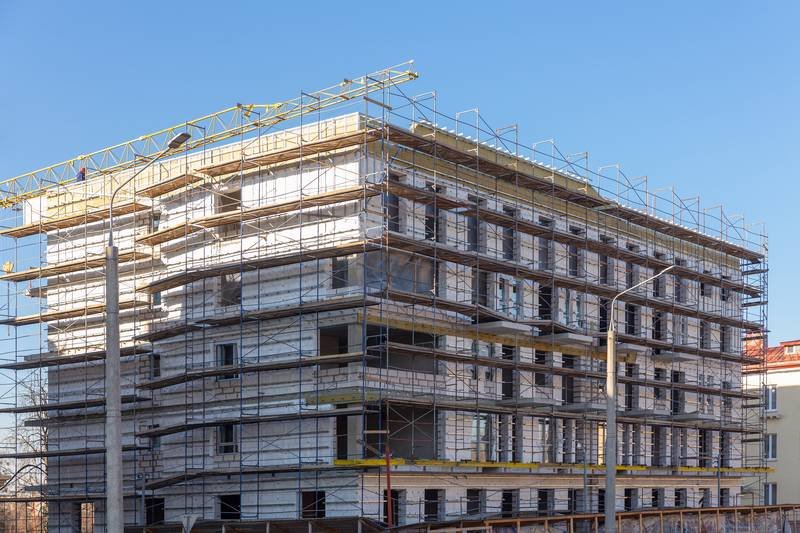RENDER CHOICE DEPENDING ON THE ENVIRONMENT CONDITIONS

Let’s be honest – there is no perfect render. A feature which forms an advantage of one render, in different situation may be a disadvantage or even serious drawback.
In order to select a render type appropriate for a particular project one should consider numerous, sometimes seemingly insignificant data. As long as there are no remarks on the use of a definite render type (e.g. due to vapour permeability of the partition), the client can use any product one can afford. Definitely, the most advanced thin-coat renders currently available on the market are the silicone and silicate ones. These products and their hybrids, are most often general-use and will do good in almost any conditions. Of course, there are some limits which cannot be crossed even with the most advanced materials. The best example is the external insulation with mineral wool panels where the rendering coat must be characterized by high vapour permeability similar to the whole partition and where the mineral or silicone-silicate renders can be used only. For insulation systems based on EPS there are no restrictions of this type. But, as long as the investor treats the appropriate cost level as the main selection factor, the supplier should select the materials providing the best solution for the best price. Please note, that it is not allowed to chose technologically improper products only because they meet the financial expectations of the buyer.
In the city centre.
The house location influence the render choice significantly. If a house is placed close to a busy street or other source of dirt, then we recommend the use of ACRYLIC, ACRYLIC-SILICONE and SILICONE renders. These materials are the easiest in keeping clean. Although, paradoxically, they get dirty faster than mineral and silicone-silicate ones (negative potentials attracting dirt and dust form on their surface), dirt does not penetrate their structure and is easily washed off. In case of acrylic-silicone and silicone renders minor contamination cleans itself with rain. This phenomenon results from their low absorptiveness commonly known as the “self-cleaning ability”. But, even if the dirt does not wash off itself, it’s much easier to clean the acrylic or silicone renders, as their surface is scrub resistant. In comparison, mineral and silicone-silicate renders are absorptive and here not only surface, but also structural contamination occurs. This dirt type cannot be cleaned with standard procedures as they may lead to the surface damage and need of the façade re-painting. If a house is located close to a busy street of significant heavy load traffic, the use of acrylic, acrylic-silicone and silicone renders is additionally justified – these render types contain polymers, which make them elastic and indirectly support the transfer of shakes resulting from the road traffic (the render will not crack).
Close to lakes and forests.
If a house neighbors a forest or any other green zone, it’s subject to organic contamination and façade greening. For such cases we recommend the MINERAL and SILICONE-SILICATE renders, which are strongly alkaline (pH~12) and effectively block the microorganisms development. Acrylic and silicone renders, although characterized by natural low absorptiveness, contain also organic ingredients which might support the development of fungi and moss. Of course, all Atlas and Aval renders contain appropriately selected biocides limiting the microorganisms growth, but still they might not be fully effective in case of large amount of fungi spores and high air humidity typical for green areas. Please note, that even the use of mineral or silicone-silicate renders does not eliminate the risk of organic contamination completely – constant contact with damp resulting, e.g. from improper flashing installation, will always lead to the façade greening. So, only proper façade maintenance and regular check-out can identify the potential problem and allow to eliminate its effects in the early stage.
Low wall diffusion resistance.
When choosing the render for a particular façade one should consider the wall diffusion resistance. If there is any doubt on the partition vapour permeability one should obligatorily avoid the acrylic renders. Particularly doubtful are cases where the moisture calculations show the evaporation ratio lower than 10 times the volume of condensed water vapour under the render or those with the risk of capillary rising resulting from faulty damp proofing or flashing installation (which can be checked on site). Unfortunately, the results of rash use of acrylic renders are visible after years when the blocked moisture loosens the rendering coat. And, although It’s not the manufacturer or the contractor to be blamed, it gives bad reputation to them mainly. If the renders are applied on walls made of materials characterized by high vapour permeability, e.g. cellular concrete, the render should have similar parameters as well. For such jobs we recommend the mineral renders: AVAL KT 137/ATLAS CERMIT SN, AVAL KT 35/ATLAS CERMIT DR, ATLAS CERMIT SN-MAL, ATLAS CERMIT PS or dispersion ATLAS SILICONE-SILICATE ones. If in doubt on the airbrick or blocks vapour permeability one can always contact their manufacturer and ask for advice.
High emission of water vapour.
There are cases, when the acrylic renders must be rejected from the start and attention put on permeable MINERAL and SILICONE-SILICATE ones. This refers to buildings with rooms of high water vapour emission – gyms, swimming pools, laundries, drying rooms, large kitchens, lockers. Particularly the swimming pools are characterized by specific microclimate with relative humidity from 75% up to 90%. If the render is vapour-tight, then the external walls are constantly saturated with vapour and subject to freeze and thaw cycles in wintertime, which will result in the render loosening when temperature drops below 0°C. In case of typical residential buildings this phenomenon is rarely met, so we have much wider freedom of choice.
Newly constructed and old, damp houses.
Theoretically, it’s much better to use vapour permeable renders for newly constructed buildings, so the masonry materials are given longer drying time. Additionally, if there are any internal wet technologies applied (e.g. plastering or flooring) then the use of façade acrylic render might hinder the moisture evaporation from the indoors and lead to wall damp in consequence. But, if the first façade rendering starts a few months after the building construction, when all wet technologies are finished, then one should choose renders of limited permeability and higher elasticity – ACRYLIC, ACRYLIC-SILICONE and SILICONE – which limit the wall stress resulting from the natural building settlement.
For rendering decades-old houses we recommend to chose highly permeable renders, particularly SILICONE-SILICATE ones. Aged, weathered walls are characterized by high vapour permeability, so the application of an acrylic render will definitely seal the moisture in and make it evaporate indoors.
Façades in strong sunlight.
If we want to use dark shades it’s important to check the light reflection coefficient. On façades exposed to strong sunlight one should avoid colours of coefficient below 20%, as such surfaces heat very fast which may lead to the render destruction in time. The coverage of such colours should not exceed 10% of the façade surface. Guidelines on the colour choice are available in the Atlas technical data sheets and colours patterns.
Similar guidelines concerning the colour selection refer to mosaic renders Aval KT 77/Atlas DEKO M . Although the light reflection coefficient is not given here, the main rule is the same – use dark colours on limited surfaces only. In strong sunlight and high temperature the mosaic render might get sticky and attract dirt. When the temperature drops, e.g. in the evening, it comes back to the standard viscosity, but dirt attracted by the render resin may last on the surface.
The appropriate choice of render might seem hard as very often it’s not possible to match all expectations, likes and dislikes. Sometimes multiple rendering solutions are available, sometimes there is only one and with restrictions. That’s why the most important thing is to select the render knowingly basing on the product advantages and disadvantages, possible benefits and threats with concern to the building location and designation.
| Mineral render | Acrylic render | Acrylic-silicone render | Silicone-silicate render | Silicone render |
Vapour permeability | **** | * | * | **** | ** |
Impact resistance | ** | **** | *** | * | *** |
Resistance to surface absorbability | ** | **** | **** | * | **** |
Resistance to ageing | **** | * | ** | *** | ** |
Resistance to dirt | ** | ** | **** | ** | **** |
Resistance to biological corrosion | *** | ** | *** | **** | **** |
City zones | *** | *** | **** | ** | **** |
Suburban zones, no green clusters | *** | ** | **** | ** | **** |
Close to green clusters and water tanks | *** | * | **** | *** | **** |
Michał Gosławski, ATLAS Group


